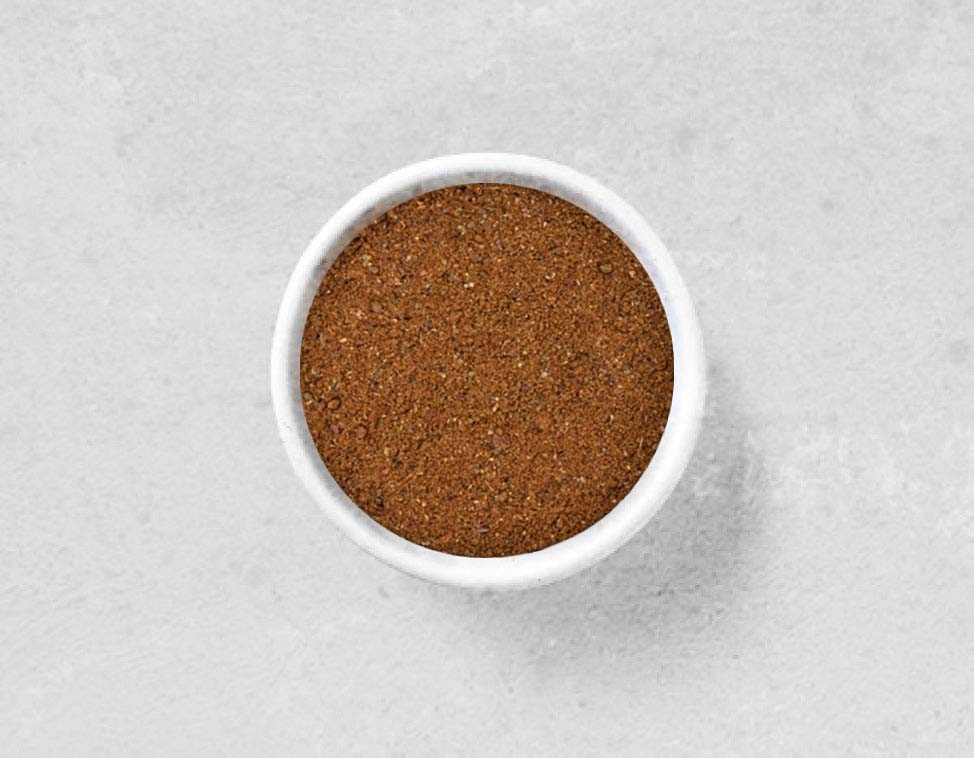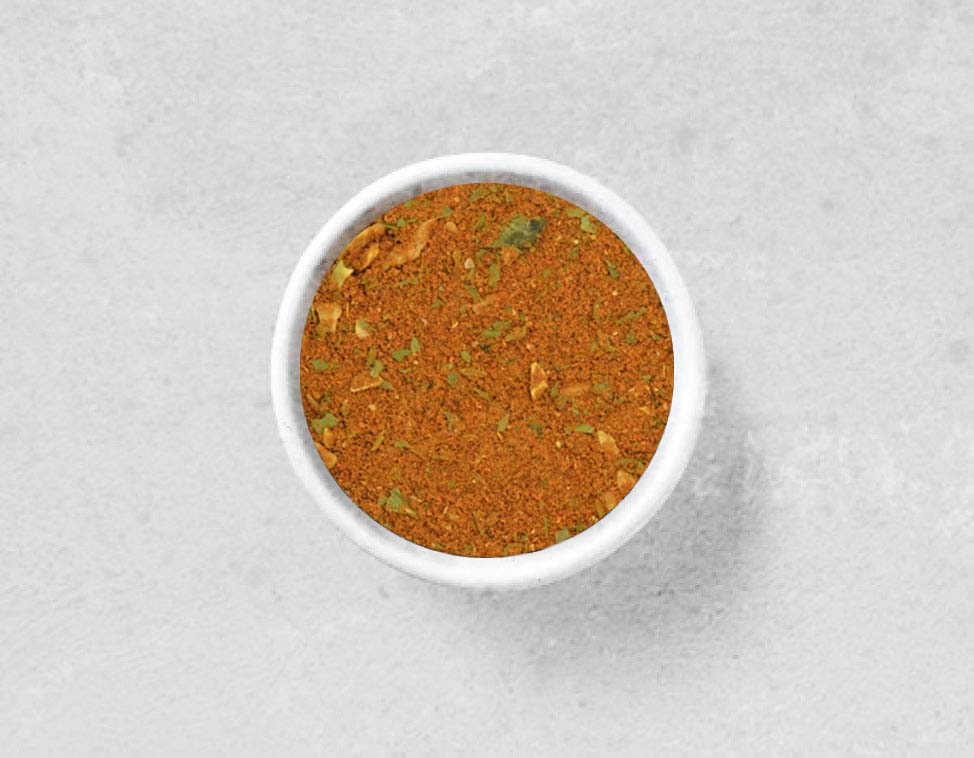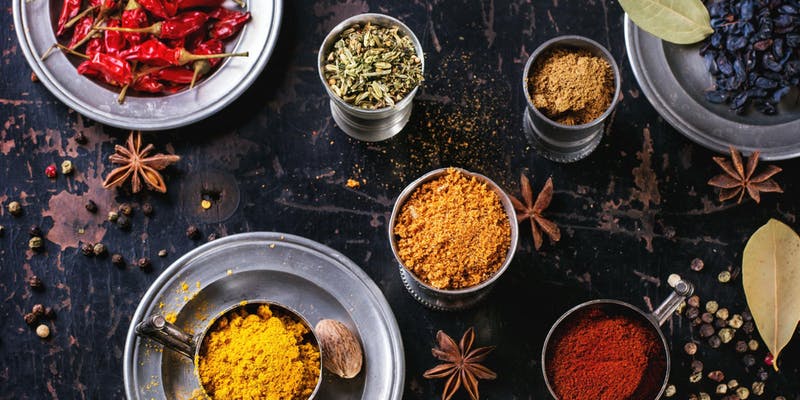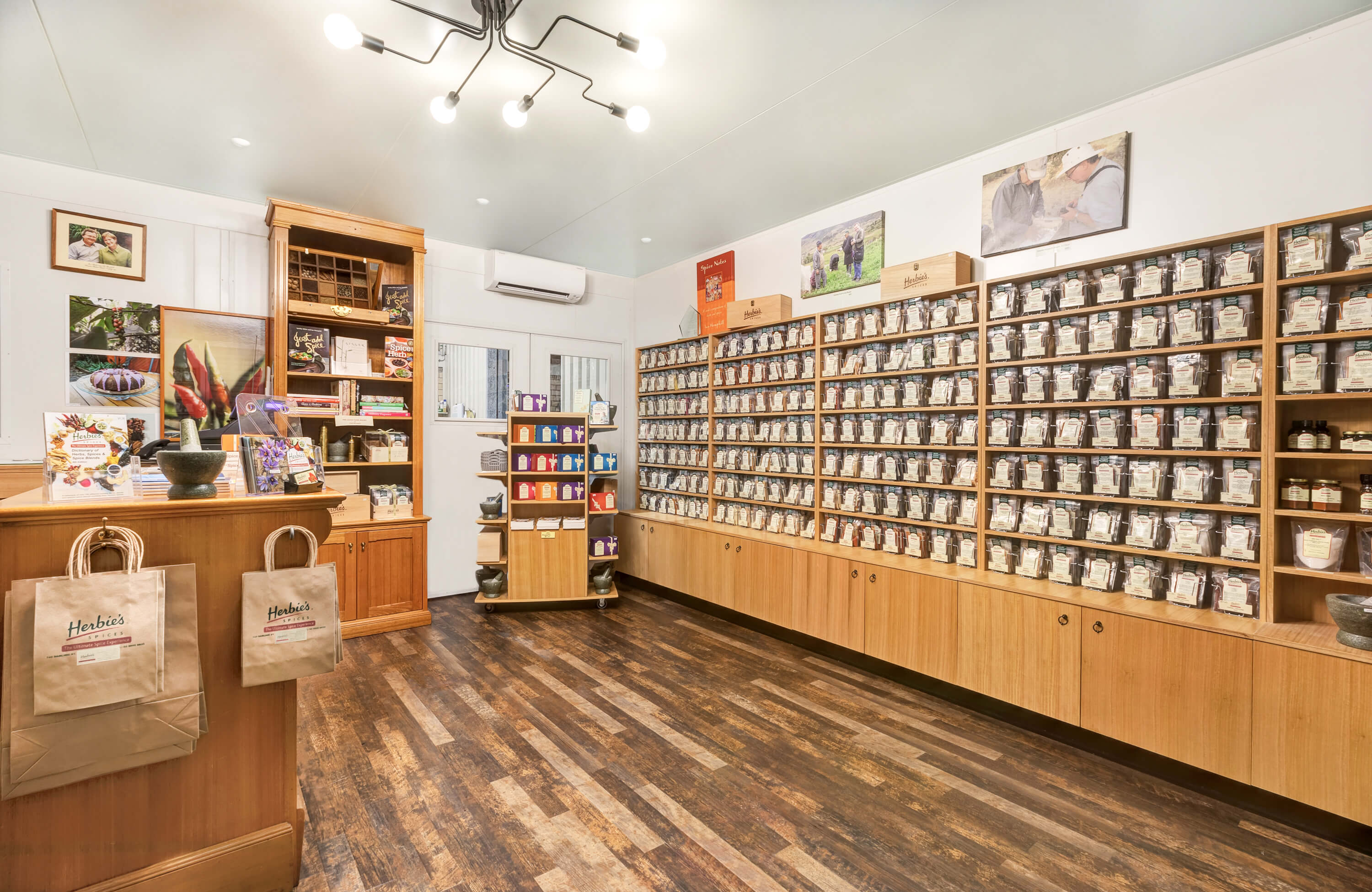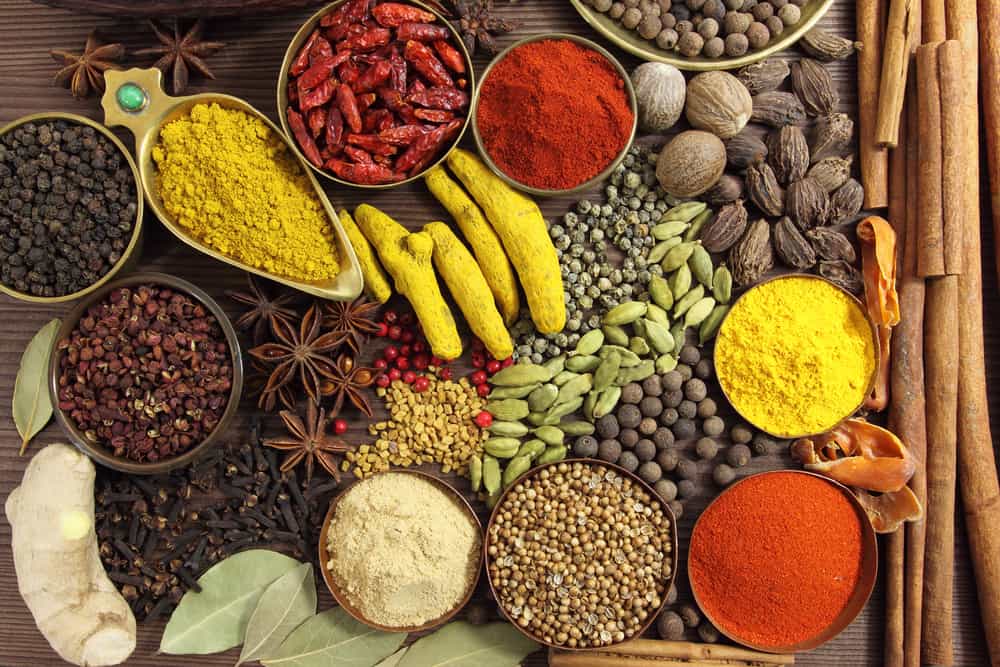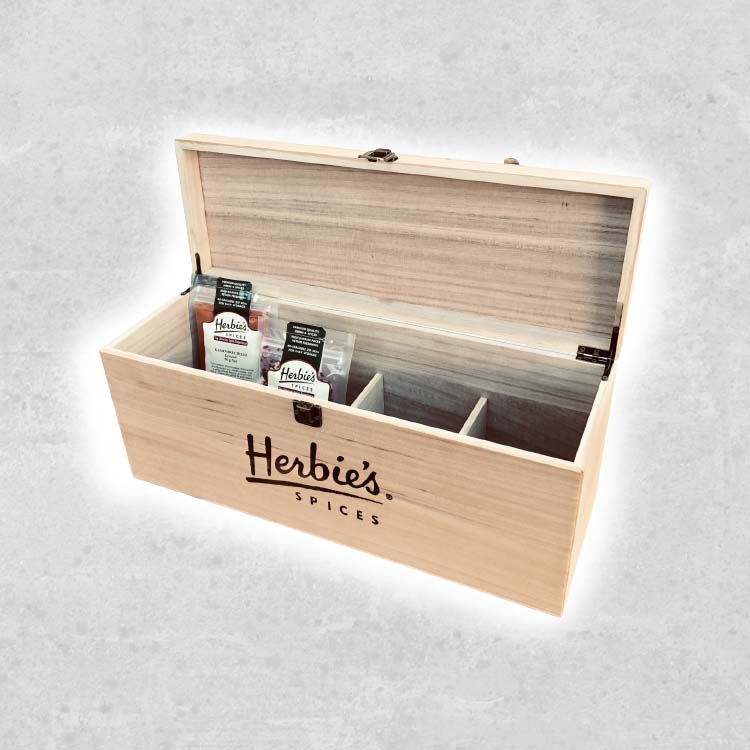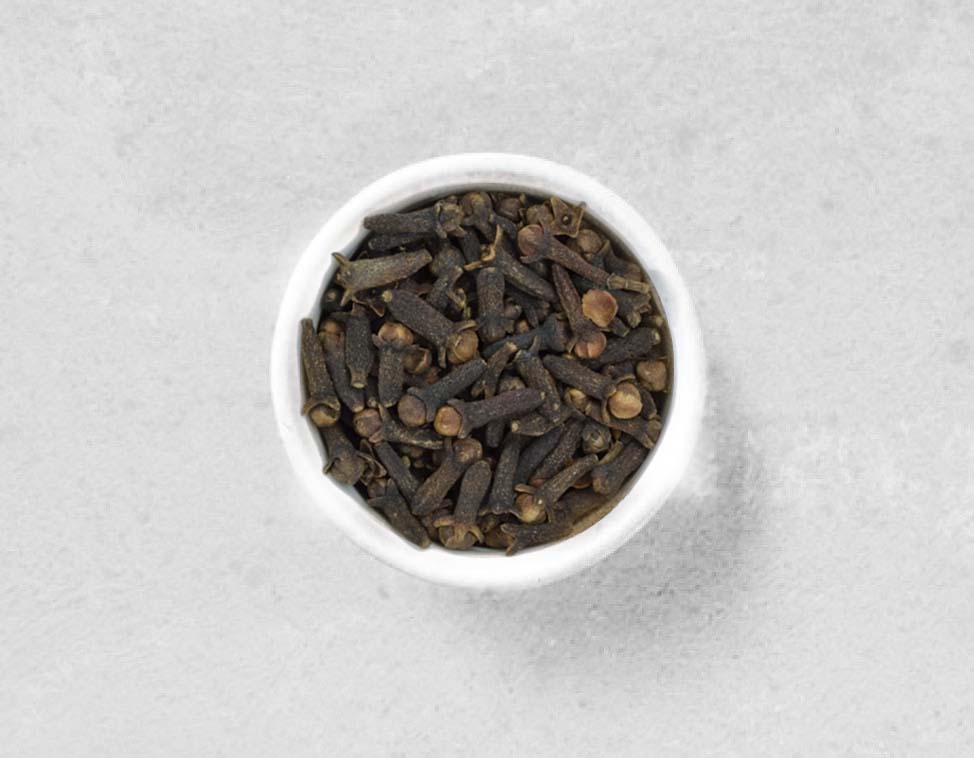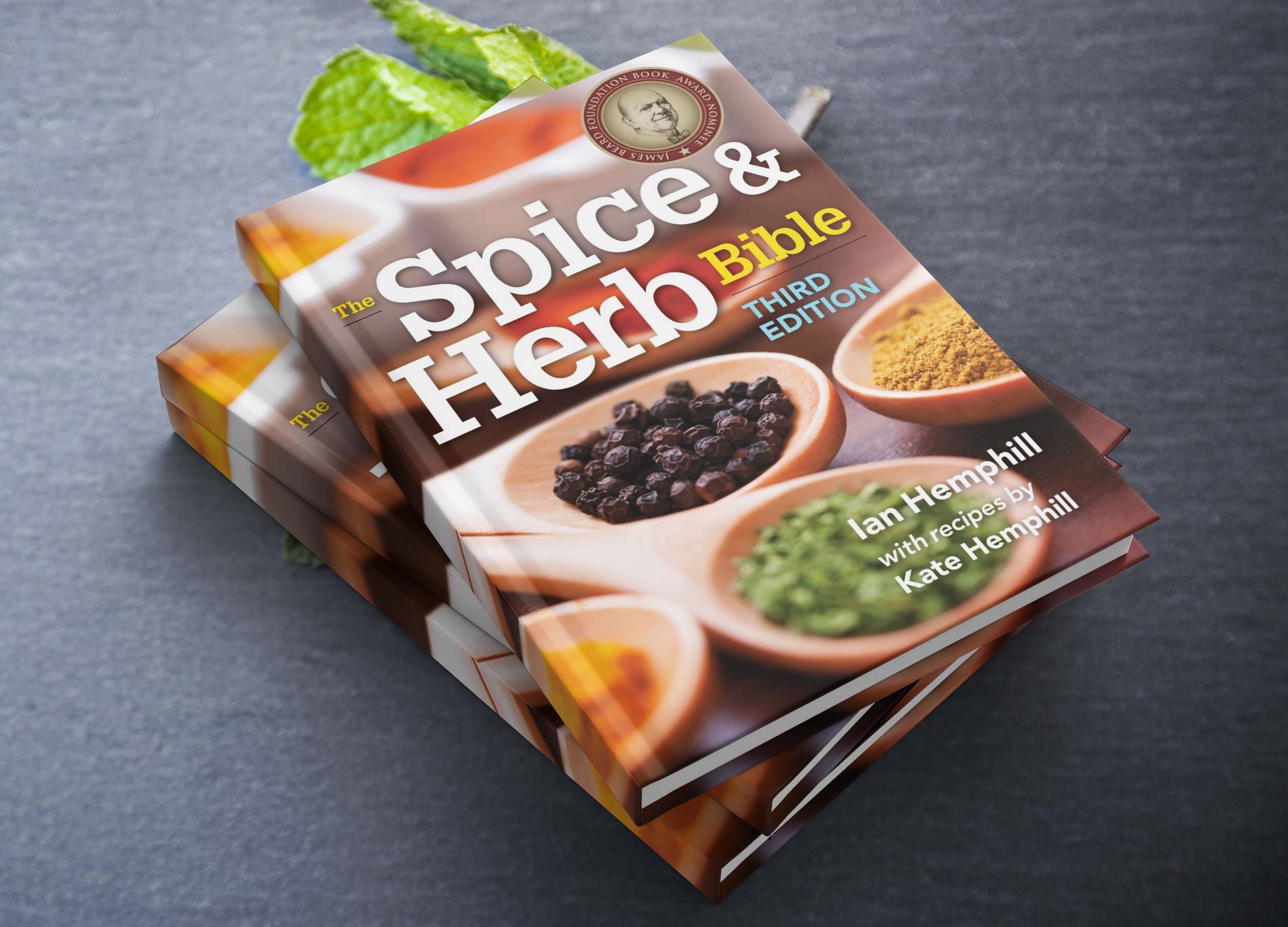Classes
Frequently we hear people saying they are confused about the use of spices and worried about ruining a meal if they experiment with them. It’s not really all that difficult, so Herbie’s have put together three Spice Sessions to help you to get more out of spices and find some exciting new flavours for your cooking. Classes are all held at Herbie’s premises in Rozelle (See


